 [Image: An otherwise unrelated photo, via FNN/Colossal].
[Image: An otherwise unrelated photo, via FNN/Colossal].
In 2017, researchers attending the annual Cable-Tec Expo presented a paper looking at the effect certain trees can have on wireless-signal propagation in the landscape.
In “North America in general,” the researchers wrote, “large swathes of geography are dominated by trees and other foliage which, depending on seasonal growth and longitude, can interrupt a good many LOS [line of sight] apertures between BS [a base station] and client and present performance challenges.”
That is to say, parts of North America are heavily forested enough that the landscape itself has a negative effect on signal performance, including domestic and regional WiFi.
Their presentation included a graph analyzing the effects that particular tree species—pine, spruce, maple—can have on wireless signals. “The impact of deciduous and conifer trees (under gusty wind conditions) suggest that the leaf density from the conifer more frequently produces heavy link losses and these,” they explain.
In other words, for the sake of signals, plant deciduous.
 [Image: From “Can a Fixed Wireless Last 100m Connection Really Compete with a Wired Connection and Will 5G Really Enable this Opportunity?”]
[Image: From “Can a Fixed Wireless Last 100m Connection Really Compete with a Wired Connection and Will 5G Really Enable this Opportunity?”]
What interests me here is the possibility that we might someday begin landscaping our suburbs, our corporate campuses, our urban business parks, according to which species of vegetation are less likely to block WiFi.
There is already a move toward xeriscaping, for example—or planting indigenous species tolerant of arid climates in cities such as Phoenix and Los Angeles—but what about WiFi-scaping, landscapes sown specifically for their electromagnetic-propagation effects?
One of my favorite studies of the last decade looked at whether trees planted around a fuel-storage depot in England known as Buncefield might have inadvertently caused a massive gas explosion. In this case, though, a site’s landscaping might instead cause data-propagation errors.
You can imagine, for example, vindictive foreign governments purposefully surrounding an American embassy with trees unpermissive of signal propagation, even deliberately donating specific indoor plant species known for their negative effects on electromagnetic signals. A kind of living, vegetative Faraday cage.
Hostile houseplant-gifting networks. Like the plot of some future David Cronenberg film.
 [Image: Lucian Freud, “Interior in Paddington” (1951), via Tate Britain].
[Image: Lucian Freud, “Interior in Paddington” (1951), via Tate Britain].
In any case, this brings to mind many things.
A recent study published in the MIT Technology Review, for example, suggested that WiFi could be used to spy on human movements inside architecture. The paper documents how researchers used WiFi “to work out the position, actions, and movement of individuals” inside otherwise sealed rooms.
It’s worth recalling the use of WiFi as a burglar alarm, whereby unexpected human intruders can be detected when their bodies perturb the local WiFi field. Is that someone walking toward you in the dark…? Your router might see them before you do, as their movement cause bulges and malformations in your home’s WiFi.
The more relevant implication, however, is that you could potentially use WiFi to spy on movements in the broader landscape. Deciduous forests would be easier than coniferous, it seems.
You could soak a forest in electromagnetic signals—yes, I know this is not the greatest idea—and measure those signals’ reflection to count, say, active birds, beetles, badgers, or other participants in the wilderness. It’s WiFi as a tool for ecological analysis: you set up a router and watch as its signals reverberate through the forests and fields. Animal radar.
Finally, consider a study published last year that suggested WiFi signals could be turned into a computational device. According to researchers Philipp del Hougne and Geoffroy Lerose, you can “perform analog computation with Wi-Fi waves reverberating in a room.”
Read their paper to find out more, but what seems so interesting in the present context is the idea that forested landscapes could be grown to cultivate their WiFi computational ability. Like botanical pinball machines, you could design, plant, and grow entire forests based on their ability to reflect future WiFi signals in very specific ways, artificial landscapes destined to perform computational tasks.
A bitcoin forest. WiFi forestry.
Or forest supercomputers, pruned for their ability to plumb the mathematical sublime.
(Thanks to Jameson Zimmer for the tip re: WiFI and trees. Earlier on BLDGBLOG: The Design Forest of the Sacred Grove, Forest Tone, and many others.)
 [Image: Via
[Image: Via 
 [Image: Unrelated image of incredible floral shapes 3D-printed by
[Image: Unrelated image of incredible floral shapes 3D-printed by  [Image: An also unrelated project called “
[Image: An also unrelated project called “ [Image: “
[Image: “ [Image: Spot the model; from Jessica Rosenkrantz’s
[Image: Spot the model; from Jessica Rosenkrantz’s  [Image: “
[Image: “ [Image: “
[Image: “ [Image: “
[Image: “
 [Image: A rose-circuit, courtesy Linköping University].
[Image: A rose-circuit, courtesy Linköping University].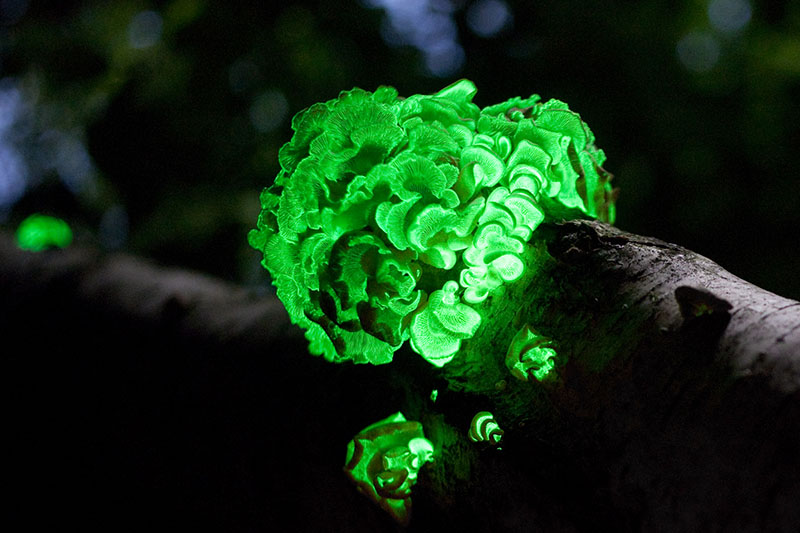 [Image: Bioluminescent foxfire mushrooms (used purely for illustrative effect), via
[Image: Bioluminescent foxfire mushrooms (used purely for illustrative effect), via  [Image: The “Logplug” by Archigram, from
[Image: The “Logplug” by Archigram, from 
 [Image: From “
[Image: From “ [Image: From “
[Image: From “ [Image: From “
[Image: From “ [Image: From “
[Image: From “

 [Images: From “
[Images: From “ [Images: From “
[Images: From “
 [Image: Photo by
[Image: Photo by  [Image: Photo by
[Image: Photo by 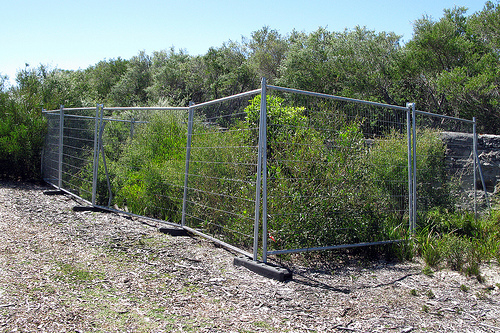 [Image: Photo by
[Image: Photo by 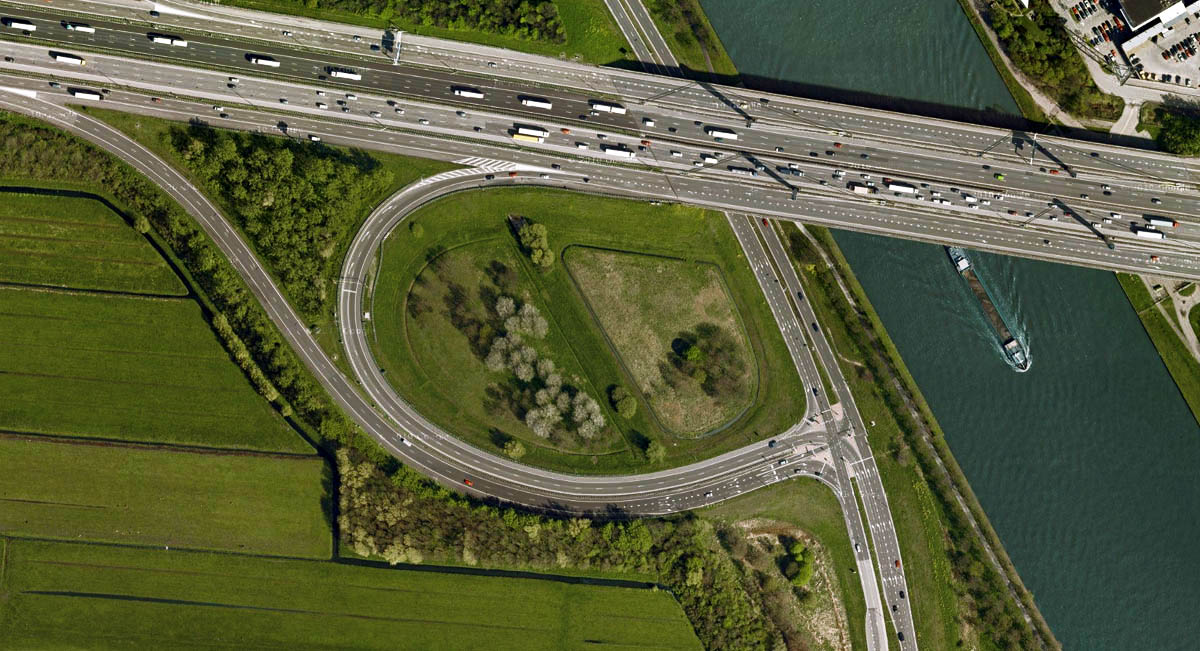 [Image: My own “crypto-forest of Utrecht,” via Google Maps].
[Image: My own “crypto-forest of Utrecht,” via Google Maps]. [Image: “Lightning Bugs in York, PA,” by
[Image: “Lightning Bugs in York, PA,” by  [Image: Bioluminescent billboards on one of the Galapagos Islands, by Octave Perrault].
[Image: Bioluminescent billboards on one of the Galapagos Islands, by Octave Perrault].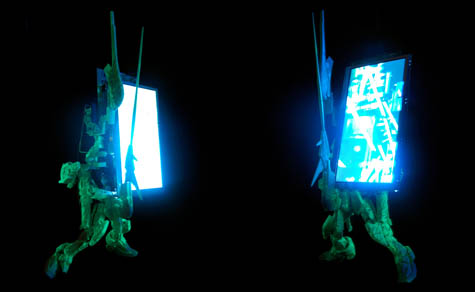 [Image: Bioluminescent billboards by
[Image: Bioluminescent billboards by 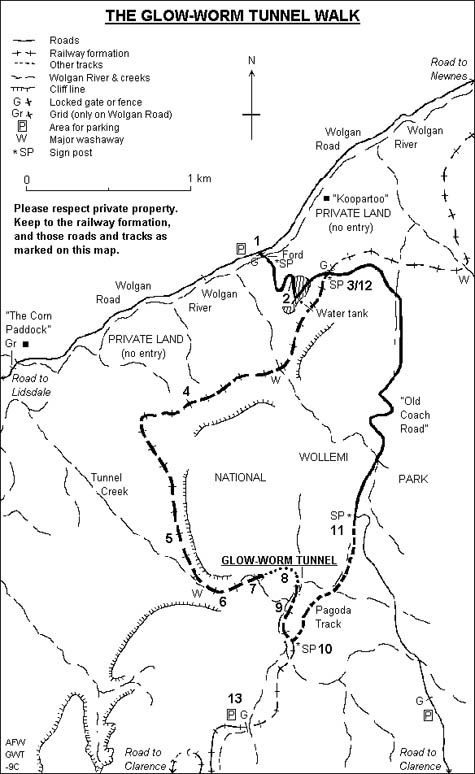 [Image: A map of the
[Image: A map of the  [Image: A bioluminescent tobacco plant, via
[Image: A bioluminescent tobacco plant, via